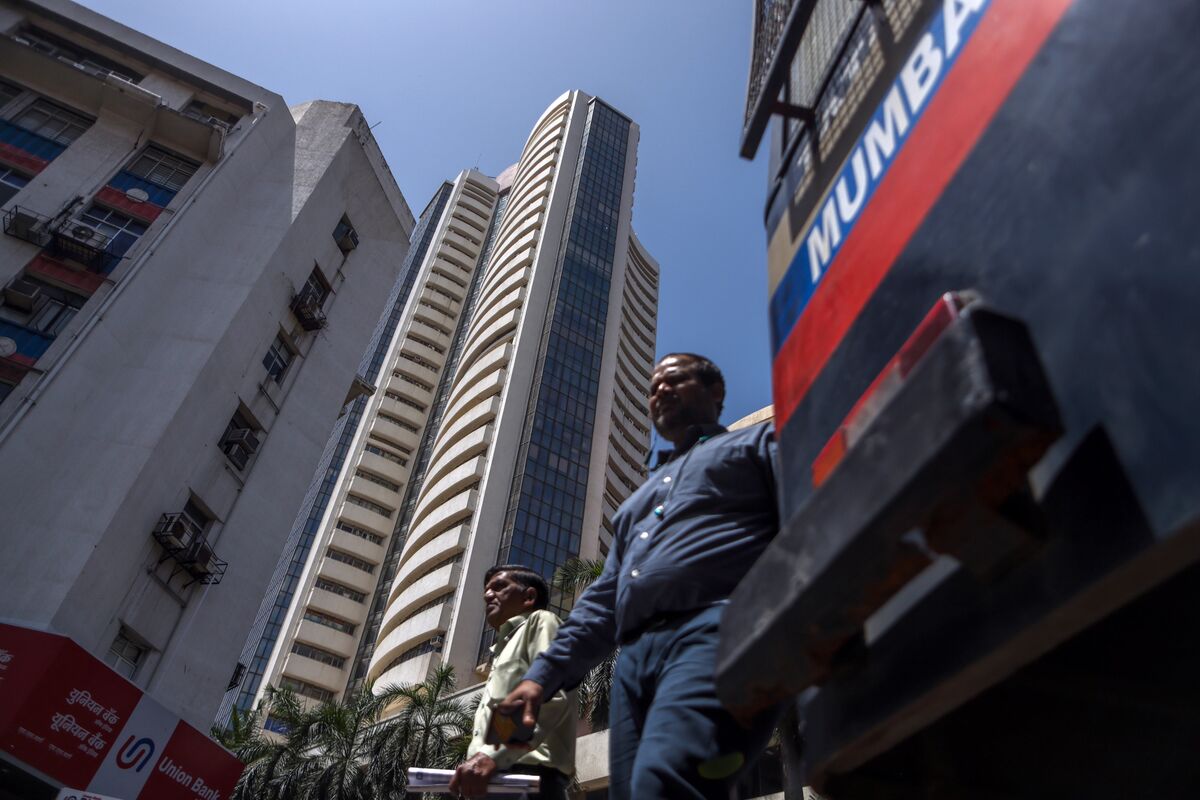
Emerging-market traders are reassessing their strategies, turning their focus toward the trajectory of the global economy and the performance of the US dollar. This shift comes after assets across the developing world experienced surprising gains during the initial phase of Donald Trump’s presidency.
The unexpected rally in emerging-market assets highlighted how resilient these markets could be, even amid the uncertainty that characterized the early Trump years. Now, with global economic indicators and currency movements playing increasingly influential roles, traders are emphasizing the importance of broader macroeconomic trends over political developments.
Market participants are closely monitoring factors such as the strength of the US economy, inflation trends, Federal Reserve policy actions, and global demand, all of which could sway emerging-market assets. The value of the US dollar, in particular, remains a critical guidepost, as many emerging markets are sensitive to changes in dollar strength, which can influence capital flows and debt servicing costs.
As traders navigate this evolving landscape, they are expected to prioritize economic fundamentals and currency dynamics to shape their investment decisions in emerging markets.
Source: https:// – Courtesy of the original publisher.








